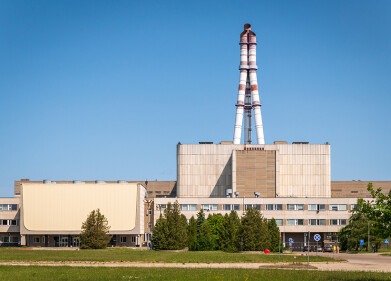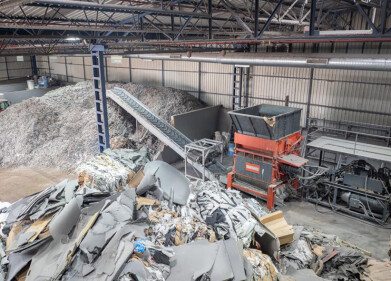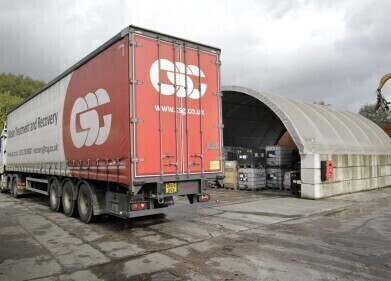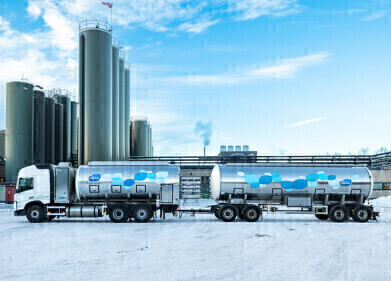Hazardous waste
How to Clean-Up Toxic Waste … With Onions & Garlic
Sep 28 2014
While toxic waste clean-ups have previously called for heavy duty chemicals, a team of Indian biotechnologists has developed a new form of cleanser - onions and garlic. While they’re renowned for their ability to transform bland dishes into flavoursome meals, research has indicated that humble onion and garlic bulbs have the ability to filter harmful heavy metals from toxic brews.
A stroke of genius!
While on the search for new cleaning compounds, the Indian scientists decided to experiment with leftover onion and garlic compounds from nearby food canning factories. The blend was mixed with various industrial waste products and the results were surprisingly effective. According to the researchers, the two roots managed to absorb over 70% of toxins that were present in the various different waste products. These included notoriously toxic substances such as mercury, lead, tin, arsenic and cadmium.
Industry accredited research
The report was originally published in the International Journal of Environment and Pollution under the name, ‘Biosorption of heavy metals by utilising onion and garlic wastes’. The researchers found that when conducted at 50°C, the speed of the clean-up process is largely influenced by pH levels. When pH was set to an optimum level, the use of onions and garlic was able to extract more than 70% of metallic pollutants. Once absorbed, the metals could then be released into a collection vessel and reused as biomass.
Authors Rahul Negi, Gouri Satpathy, Yogesh K. Tyagi and Rajinder K. Gupta explain, “Desorption indicates maximum 71% recovery of metal ions, making the remediation process cost effective and reusable. The biomasses were used for removal of heavy metals from both synthetic and industrial effluents and the technique appears industrially applicable and viable.”
A next generation approach to toxic waste removal
While the experiment was only tested on a small scale, the findings could have a pioneering impact on how toxic waste is dealt with in the future. Currently, the toxic waste removal process involves the use of ion exchange, chemical precipitation and electrochemical removal. As well as being only partially effective in the complete eradication of toxic chemicals, these methods chew up energy and produce a toxic sludge by-product.
An eco-friendly and cost effective alternative
As a natural resource, onions and garlic are environmentally friendly materials that do not release harmful toxins into the air or have a negative impact on the ecosystem. The use of onions and garlic as toxic waste purifiers could also represent significant financial savings. For third world countries that do not have the resources or infrastructure to dispose of toxic sludge, the onions and garlic method could present a cost effective solution. For developed countries on the search for sustainable toxic waste removal methods, the use of the two roots is an innovative option.
As the world continues to realise the importance of environmentally friendly operations, the use of onions and garlic as toxic waste absorbers is definitely a method to keep an eye on!
There are many new and emerging ways to tackle hazardous waste. One such route for the industrial industry is stabilisation, as opposed to alternatives like storage or expensive incineration methods. For more information, see: Innovative Solution to Hazardous Industrial Waste.
Events
Mar 18 2025 Expo Santa Fe, Mexico
Mar 18 2025 Moscow, Russia
Mar 19 2025 Manila, Philippines
Mar 20 2025 Guangzhou, China
Mar 24 2025 National Harbour, MD, USA














